Tile Roof Inspection Services
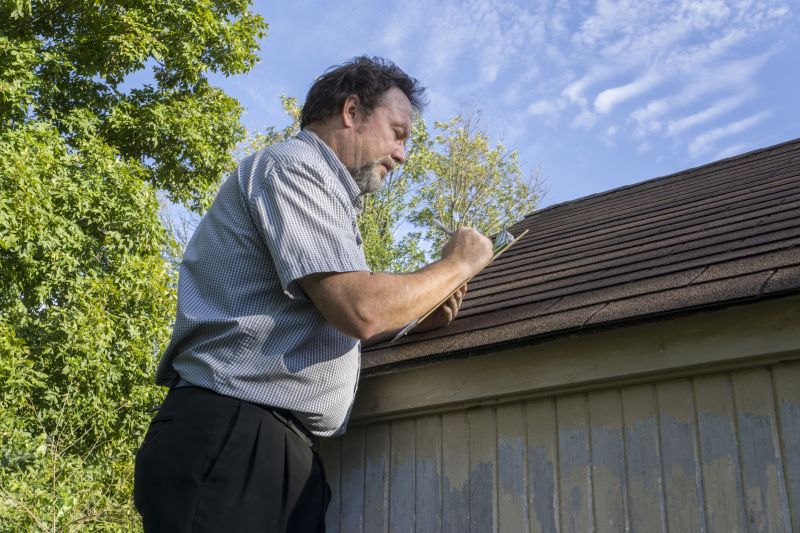
Spring is an ideal time for inspections to identify winter damage and prepare for the warmer months.
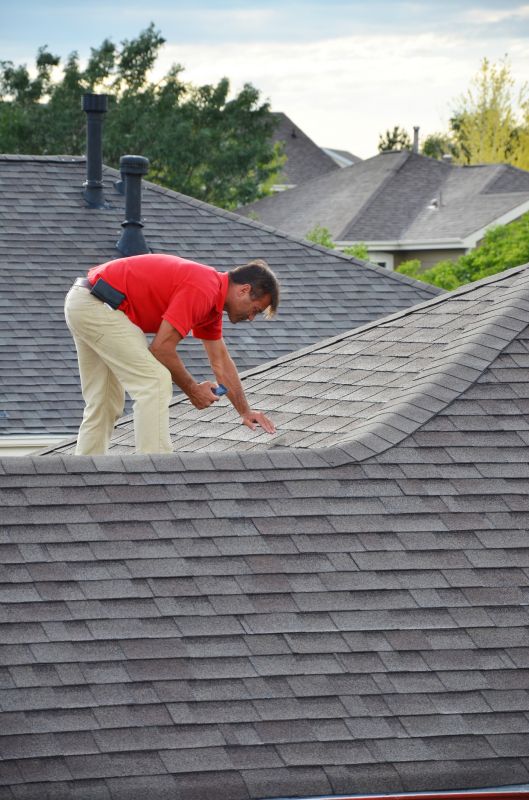
Summer inspections can help detect issues caused by heat and sun exposure, preventing further deterioration.
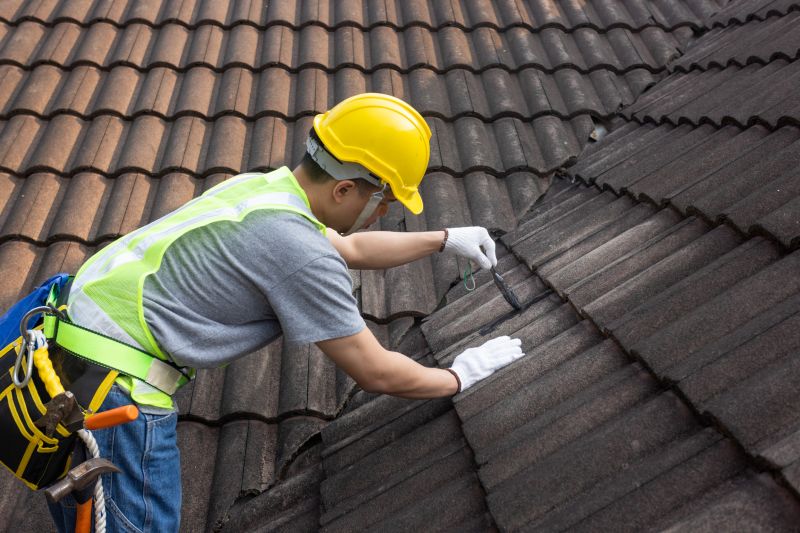
Fall inspections ensure the roof is in good condition before winter, addressing any repairs needed.
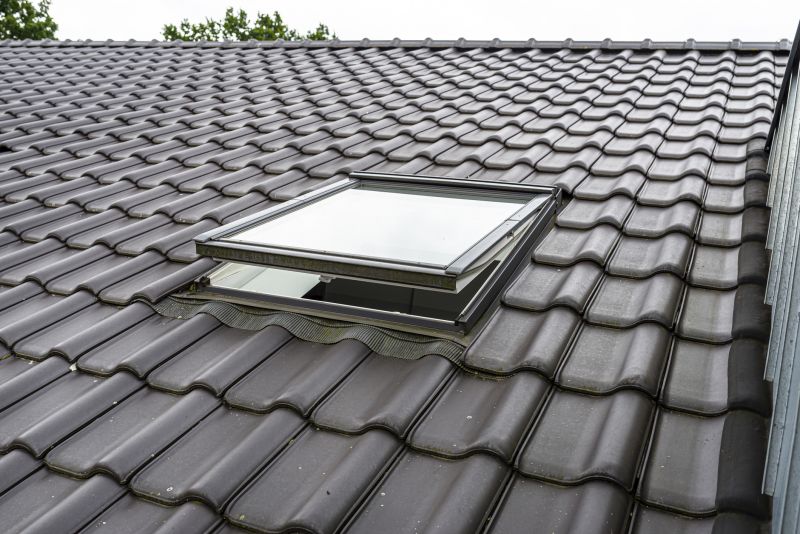
Ways to make Tile Roof Inspections work in tight or awkward layouts.

Popular materials for Tile Roof Inspections and why they hold up over time.
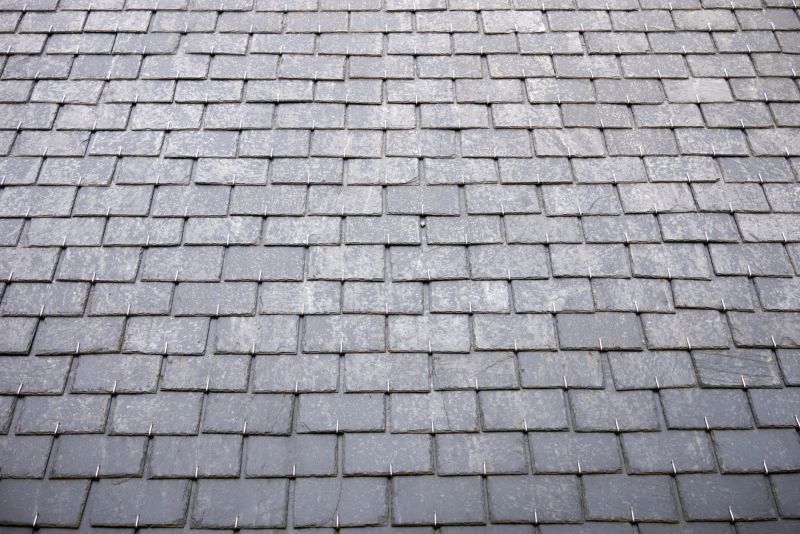
Simple add-ons that improve Tile Roof Inspections without blowing the budget.
Tile roof inspections are essential for maintaining the integrity and longevity of tiled roofing systems. Regular assessments help identify cracks, broken tiles, or underlying damage caused by weather, debris, or aging. Studies show that timely inspections can extend the lifespan of tile roofs by preventing minor issues from developing into costly repairs. On average, a well-maintained tile roof can last between 50 to 70 years, making proactive inspections a cost-effective strategy for property owners.
Weather conditions significantly influence the timing of inspections. Periods of mild weather, such as spring and fall, are optimal for thorough evaluations. Inspections during these times allow for repairs before extreme weather events, such as heavy rains or snow, which can exacerbate existing problems. Additionally, inspecting after severe storms can reveal damage that might not be visible otherwise, ensuring prompt action to prevent leaks or structural issues.
Routine inspections help identify early signs of wear and tear, reducing long-term repair costs.
Cracked or missing tiles, water stains, or visible mold are indicators that a roof inspection is necessary.
Professional inspections provide comprehensive assessments, ensuring all potential issues are identified.
Extreme weather can cause tile displacement or cracks, making inspections especially important after storms.
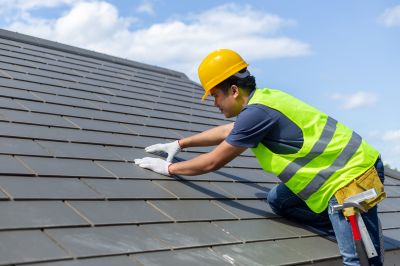
Technicians carefully examine tiles for cracks and damage.
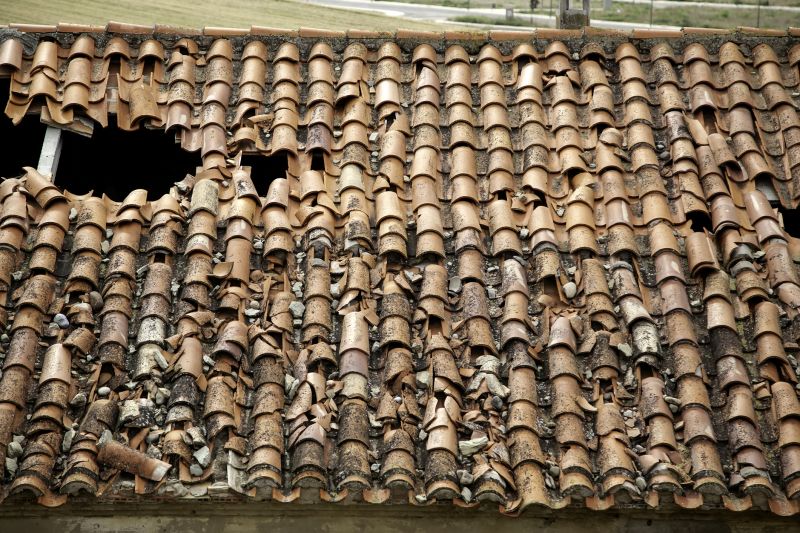
Close-up view of tiles to check for signs of deterioration.
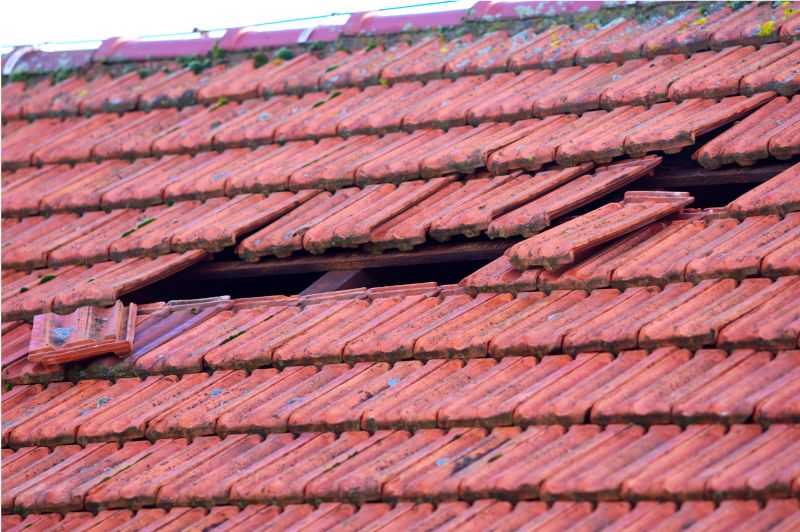
Inspecting the roof after severe weather for damage assessment.
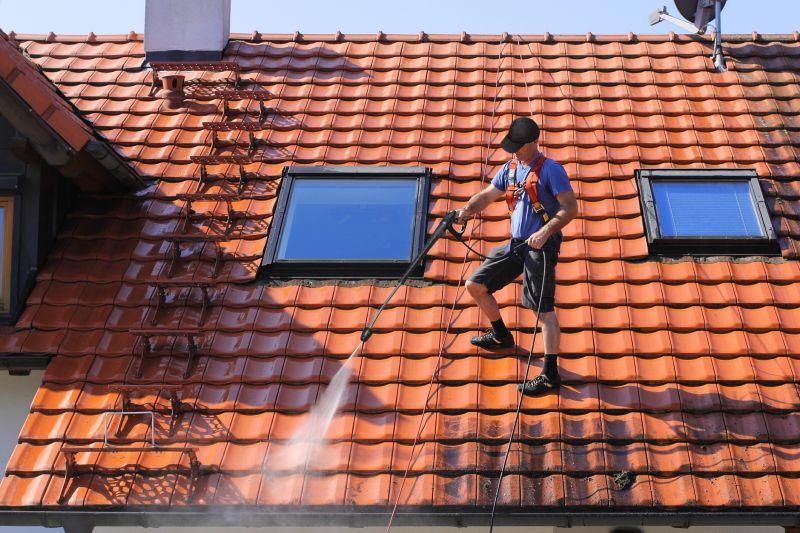
Technicians review the roof for loose or broken tiles and underlying issues.
| Season | Recommended Inspection Frequency |
|---|---|
| Spring | Biannual or as needed |
| Summer | As needed, especially after storms |
| Fall | Biannual or as needed |
| Winter | Only if necessary, due to weather constraints |
| Post-storm | Immediately after severe weather events |
Understanding the optimal timing for tile roof inspections can significantly impact the durability and performance of the roofing system. Regular evaluations, especially during transition seasons, help detect early signs of damage and prevent costly repairs. Property owners are encouraged to schedule inspections before and after extreme weather events to ensure the roof remains in good condition and to address issues proactively.
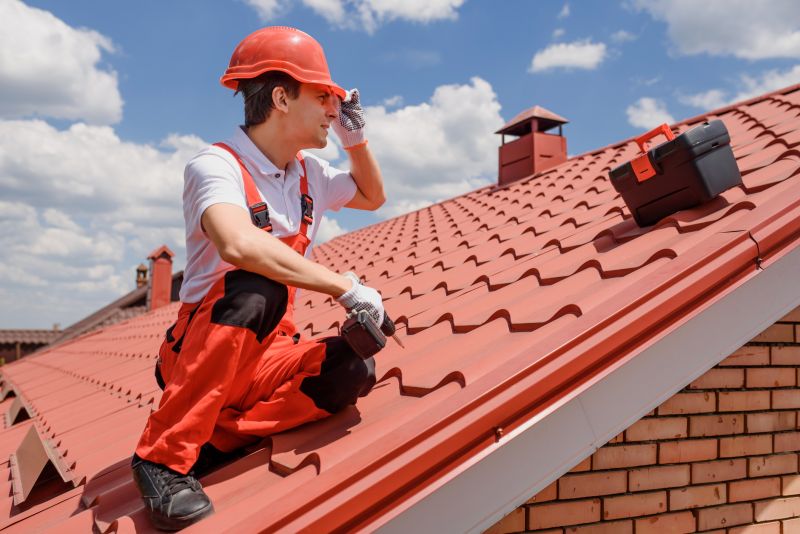
A technician examines tiles for cracks or displacement.
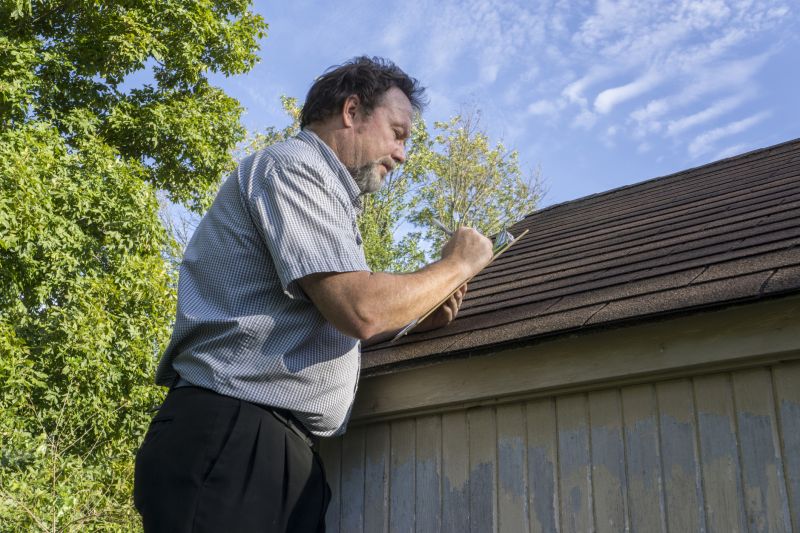
Inspection includes checking the underlayment for signs of wear.

Close-up of damaged tiles that may not be visible from the ground.
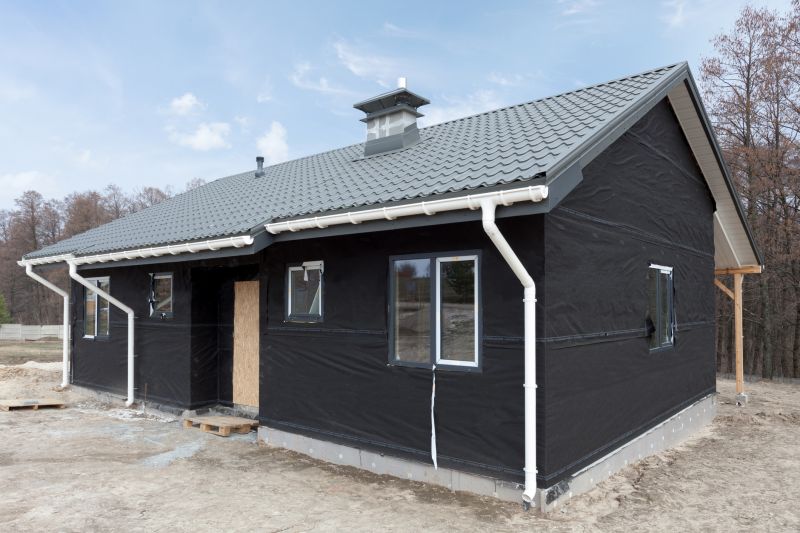
High-end options that actually feel worth it for Tile Roof Inspections.
For property owners interested in maintaining the longevity of their tile roofs, scheduling regular inspections is a prudent step. Early detection of issues such as cracked tiles or underlying damage can prevent leaks and structural deterioration. Filling out the contact form can facilitate scheduling professional evaluations tailored to specific roof conditions and local weather patterns.
